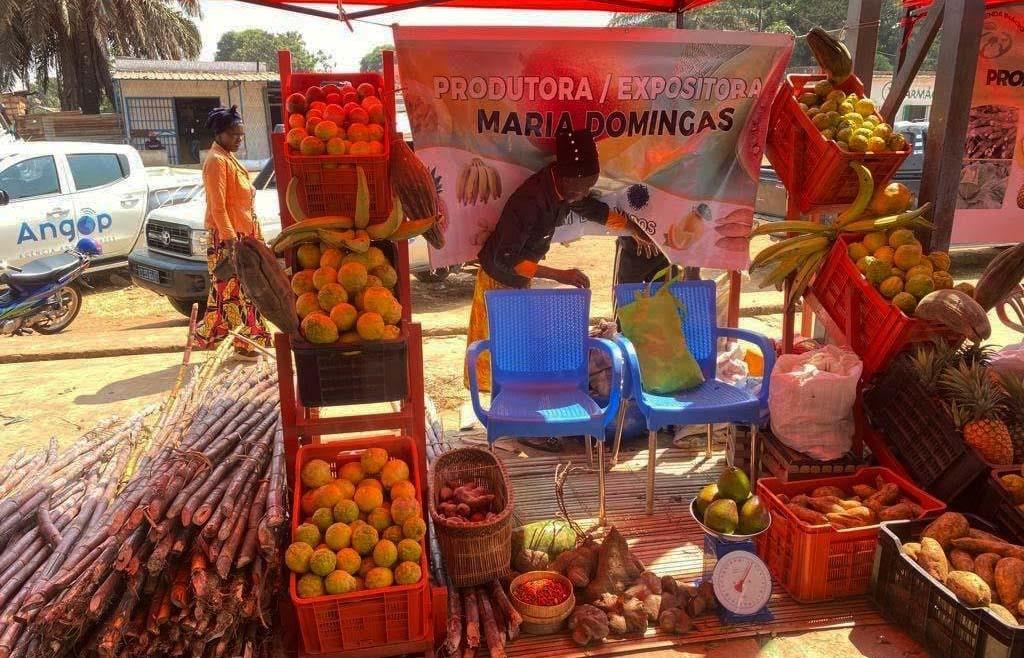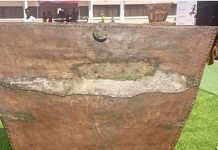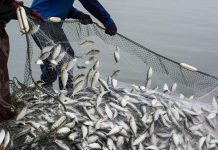Africa-Press – Angola. Seventy-four economic agents from the municipality of Caála, province, are exposing their agricultural, livestock and industrial production capacities, with the aim of attracting more investors.
On the initiative of the local Administration, as part of the festivities marking the 53rd anniversary of the elevation of the town to a city on 15 July 1970, the event has exhibited food products such as cereals, tubers, vegetables and fruit trees, among others.
In 32 days, the fair also brings together, in addition to agricultural production, industrial products, artifacts produced by local artists, such as pottery, basketry, traditional costumes, beads and handicrafts.
The assistant administrator for the Financial area of the municipality of Caála, Edson Roberto Pratas da Silva, said that the event also features products related to education, health and technology, with a focus on identifying new investors.
He said that, with this action, it is intended to stabilize the local economy and preserve the historical values in the course of the festivities of this city.
He referred that the local Administration is insisting on the improvement of the city, as it has already perfected the main roads of the streets and public lighting, including in the Industrial Development Pole.
In the last edition of the festivities of the city of Caála, 66 exhibitors had been selected who concentrated their focus on agriculture, small industry and the demonstration of local artistic values.
Historical path of the emergence of the city of Caála
The city of Caála was founded by Antero Gavino do Rego, José Henriques Beira Alta, Gualdino da Cunha Barros and José da Fonseca Monteiro, considered its first inhabitants.
According to historical testimonies, the current city of Caála received the first residents in 1900, since, at the time of the Bailundo revolt in 1902, the Portuguese Gualdinho da Cunha and Antero Gavino do Rego were already in this region.
In mid-1912, the Benguela Railway (CFB) line arrived, a factor that contributed to the development of the village, which until then was nothing more than a small camp next to an old village whose soba was called Cahala Mbita, emerging from this height as a settlement.
Caála belonged to the district of Huambo until 1922, having been integrated from the same year into the district of Lépi, created at the time by provincial governor Norton de Matos.
In 1929, still integrated in the district of Lépi, it had its first administrative body called the Local Board and in the same year it was baptized Robert Williams village by determination of the Portuguese government.
By unnumbered ordinance of 27 October 1934, the circumscription of Lépi ascends to the category of Council of Caála, and in October 1956 its Local Board is transformed into a municipal commission. Ten years later, its administrative body is elevated to the municipal council.
From March 10, 1970, the village was connected to the Alto Catumbela (Benguela) hydroelectric power line, which brought numerous possibilities for industrial and commercial development to the village.
Caála, on July 15, 1970, by decree number 17011, was elevated to city status by the then governor-general of Angola, lieutenant colonel, Camilo Augusto de Miranda Rebocho Vaz.
For More News And Analysis About Angola Follow Africa-Press






